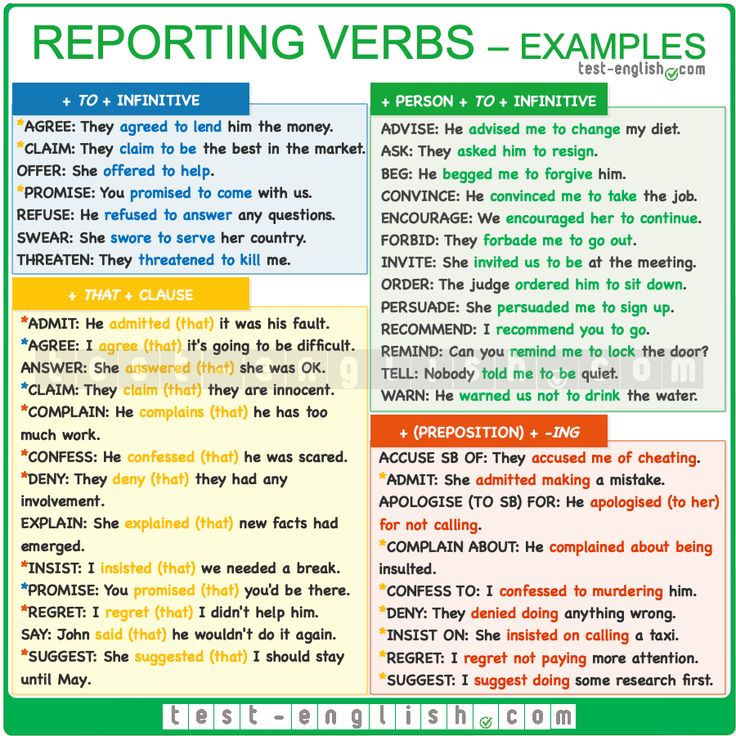We believe everyone should be able to make financial decisions with confidence. And while our site doesn’t feature every company or financial product available on the market, we’re proud that the guidance we offer, the information we provide and the tools we create are objective, independent, straightforward — and free.
So how do we make money? Our partners compensate us. This may influence which products we review and write about (and where those products appear on the site), but it in no way affects our recommendations or advice, which are grounded in thousands of hours of research. Our partners cannot pay us to guarantee favorable reviews of their products or services. Here is a list of our partners.
When the tread depth gets too low or your tires hit the six-year mark, it's time for new rubber.
By
Whitney Vandiver
Whitney Vandiver
Writer | Car ownership, car maintenance
Whitney Vandiver writes for NerdWallet about ways car owners can save money on ownership and maintenance. She previously wrote in the oil and gas industry, where she was published in national journals and international magazines. Whitney became a writer out of enjoyment and finds stories that highlight or help the LGBTQ+ community the most rewarding to craft. When she's not writing, she enjoys reading and walking with her Irish wolfhound. She is based in Houston.
Learn More
Updated
Edited by Julie Myhre-Nunes
Julie Myhre-Nunes
Assistant Assigning Editor | Auto loans, consumer credit
Julie Myhre-Nunes is an assistant assigning editor at NerdWallet. She has been working in the personal finance space for more than 10 years. Before joining NerdWallet, Julie oversaw editorial teams at NextAdvisor, Red Ventures and Quote.com. Her personal finance insight has been featured on Forbes, The Boston Globe and CNBC throughout the years.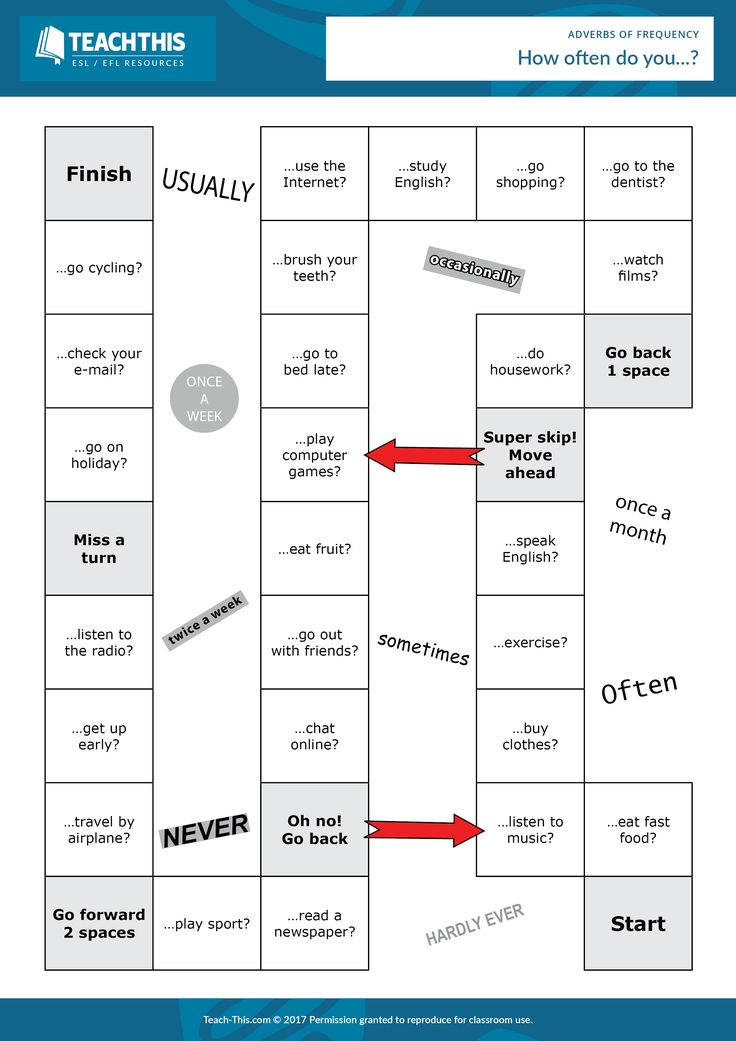 Julie’s writing has been published by USA Today, Business Insider and Wired Insights, among others. Email: [email protected].
Julie’s writing has been published by USA Today, Business Insider and Wired Insights, among others. Email: [email protected].
Many or all of the products featured here are from our partners who compensate us. This influences which products we write about and where and how the product appears on a page. However, this does not influence our evaluations. Our opinions are our own. Here is a list of our partners and here's how we make money.
While the consensus across the auto industry is that you should consider replacing your tires at least every six years, there’s no magic number for how often you should replace them.
Tires become unsafe when tread becomes too thin, rubber is degraded by time and temperature or their sidewalls are damaged. A flat is an inconvenience, but a blowout or sketchy grip can lead to an accident.
Although tires can be a substantial expense for a car owner to handle at one time, wear and tear — and their replacement — is mostly predictable.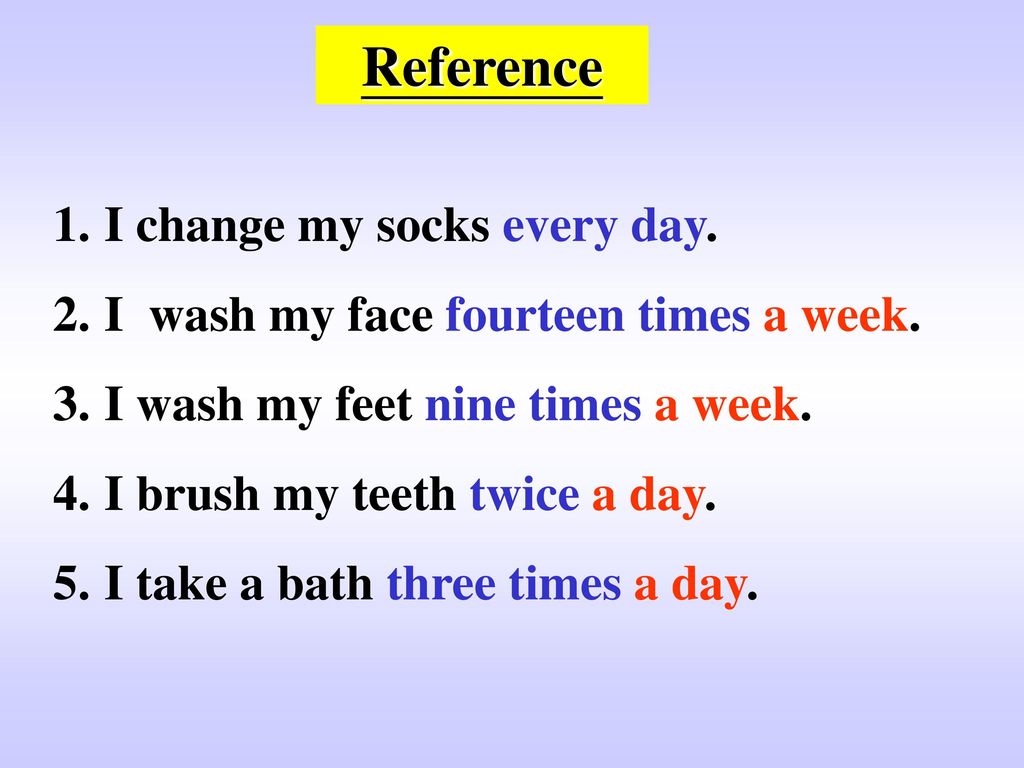 Here’s a rundown of how to determine if your tires need to be replaced and common signs that your tires aren’t up to par.
Here’s a rundown of how to determine if your tires need to be replaced and common signs that your tires aren’t up to par.
Tires have grooves known as tread that help them grip the road. While most new tires have a tread depth around 10/32nds of an inch, the tread wears down over time. This makes it more difficult to steer your vehicle, reduces traction and increases braking time.
The U.S. Department of Transportation deems tires that have tread at or below 2/32nds of an inch to be unsafe. While your tire technically has enough tread to drive at this point, it can be dangerous to drive your car in certain conditions or for long distances.
There are three ways to figure out your tires’ tread depth:
Tread wear indicators are built into tires and are raised, evenly spaced sections in the grooves of your tire tread. On new tires, they are not as high as the tread. However, when the tread reaches the same level as the indicators, it means it’s time to replace the tires.
Tire tread gauges are relatively cheap tools that let you measure your tread in thirty-seconds of an inch. This will show you the exact measurement of your tire tread.
The penny test lets you estimate tread depth based on where the tread hits a penny. To do this test, take a penny, turn it upside-down, and insert it straight down in the groove of a tire’s tread. Look straight on at the penny to determine where the tread hits President Lincoln’s profile. If you can see his entire head, you’ve hit the mark and need new tires.
Regardless of how many miles they’ve driven, tires degrade over time and become more prone to failure. Factors like environmental conditions, storage and maintenance can influence how long a tire will last even if it’s only driven a few hundred miles a month.
While there’s no set requirement for when to replace tires according to age, the general recommendation is to replace them six years after the manufacture date and to never drive on tires that are older than 10 years.
Just answer a few questions to get personalized results from our lending partners.
Estimated payoff amount
Of course there are other times when your tires are telling you it’s time for replacement despite what your tread measurement might say.
You moved to a new climate. Some tires are designed for specific conditions such as extreme temperatures. Winter tires, for example, have deeper tread and are meant to be more flexible in cold weather; driving them on warm pavement can wear them down more quickly. If you move to a new climate, pay attention to road conditions and weather patterns to determine if you need different tires.
You’re losing traction. If it feels like your car is slipping or sliding during wet weather, this could be a sign of low tire tread that is failing to channel water away effectively. Because tire tread can wear unevenly, you might not notice that some of your tread has worn thin and is affecting your traction.
Most modern cars activate a warning light when your car loses traction. If you are seeing this warning light more frequently as time goes on, check the condition of your tires.
Your tires aren’t holding pressure like they should. Certain types of tire damage, including debris between the rim and the tire and damage to the sidewall, can cause continuous pressure loss. Some damage might be repairable, but some situations will call for new tires.
🤓Nerdy Tip
An average of 2% air loss in tires is common for every drop of 10 degrees in outside temperature. So don’t worry if your tire pressure varies a bit when it starts to get colder outside.
Frequently asked questions
How long do tires last on average?
On average, tires last about six years or between 36,000-75,000 miles. But the actual lifespan of tires varies with factors like climate, maintenance and driving habits. No matter how they look, tires should never be used longer than 10 years.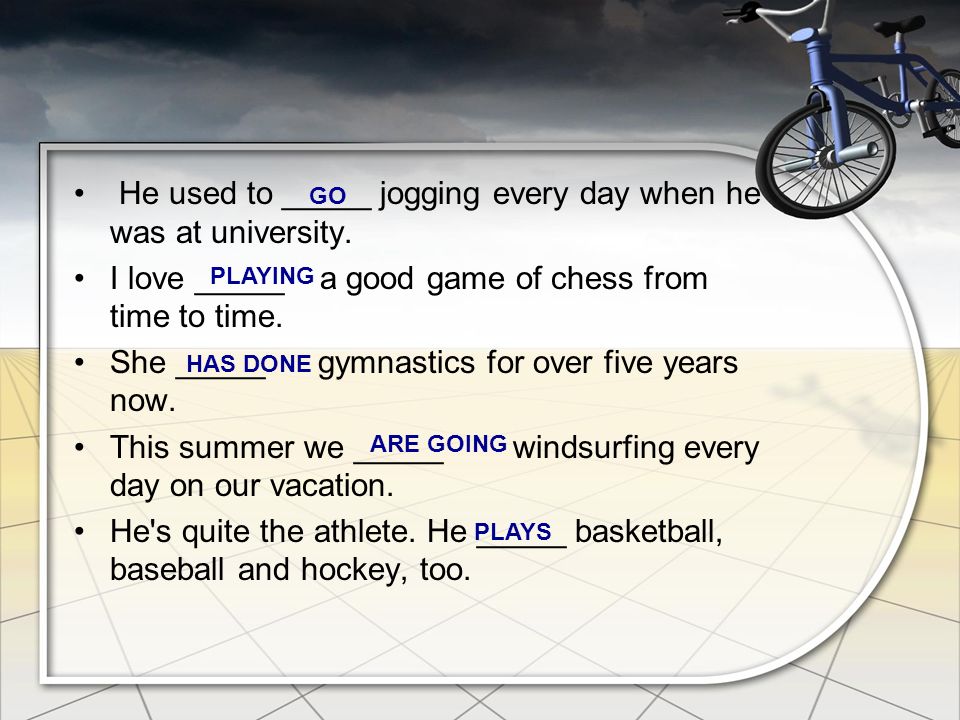
When should I really replace my tires?
You should consider replacing your tires when the tread has worn down below the recommended depth of 2/32nds of an inch or they’re over six years old. You might also need to replace your tires if you notice changes in how your tires perform. Losing traction and constantly having to air them back up are common issues with worn out tires.
Should you replace all four tires at once?
If you drive an all-wheel drive vehicle, you’ll likely need to replace all four tires at the same time to avoid affecting the vehicle’s drivetrain. In other types of vehicles, you have more options. If you’re needing to replace a damaged tire and the other tires still have substantial tread and are in good shape, you can replace just the one tire. Talk with a tire specialist about the best way to go about replacing tires if you’re unsure.
How often should you replace tires if you don’t drive much?
All tires will start to deteriorate over time. Even if they have very little mileage on them, their tread will start to become thinner. So while you might get more than the average five to six years out of a tire, always replace tires before they hit their 10-year anniversaries regardless of how often you drive.
Even if they have very little mileage on them, their tread will start to become thinner. So while you might get more than the average five to six years out of a tire, always replace tires before they hit their 10-year anniversaries regardless of how often you drive.
About the author: Whitney Vandiver is a writer at NerdWallet currently focusing on car ownership and maintenance. She's previously written about small business and payments. Read more
POPULAR ON NERDWALLET
Get more smart money moves – straight to your inbox
Sign up and we’ll send you Nerdy articles about the money topics that matter most to you along with other ways to help you get more from your money.
Maybe you got a used car a few years ago or maybe you recently purchased a new car. No matter the situation, as a car-owner you may be wondering, how often should you replace your tires? When you should replace your tires differs slightly from vehicle to vehicle and driver to driver.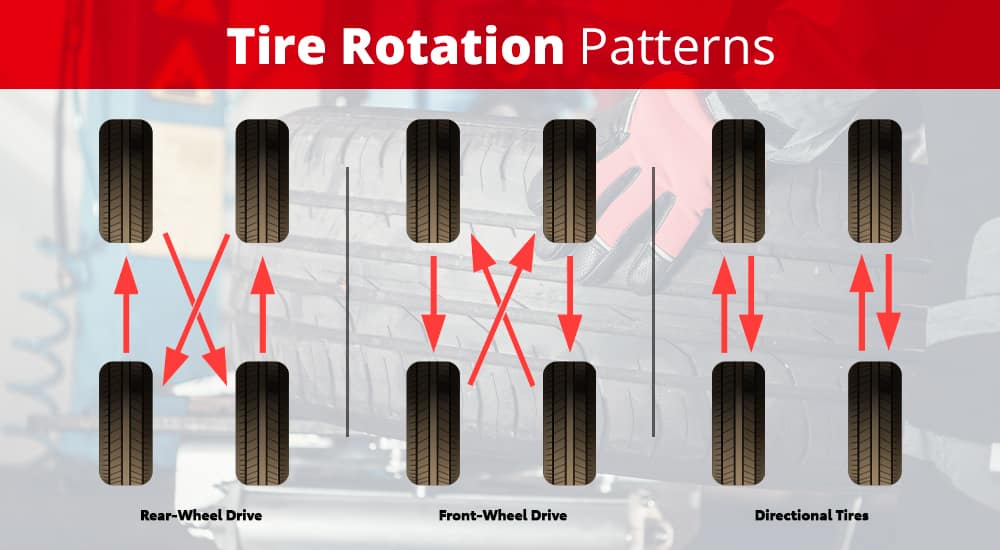 However, there are a few standards that should help you determine when to change your tires next.
However, there are a few standards that should help you determine when to change your tires next.
When and how often you should change your tires depends on a few factors. When thinking about replacing your tires, ask yourself these questions:
Along with the answers from above, there are a few pieces of information you can grab from your vehicle to help determine the next time you should replace your tires. The following should only take a few minutes to find out.
Most car experts will tell you to change your tires every 6 years or so. If you are constantly driving, you may need to change your tires earlier. Likewise, if you don’t drive often you can get away with a few extra years.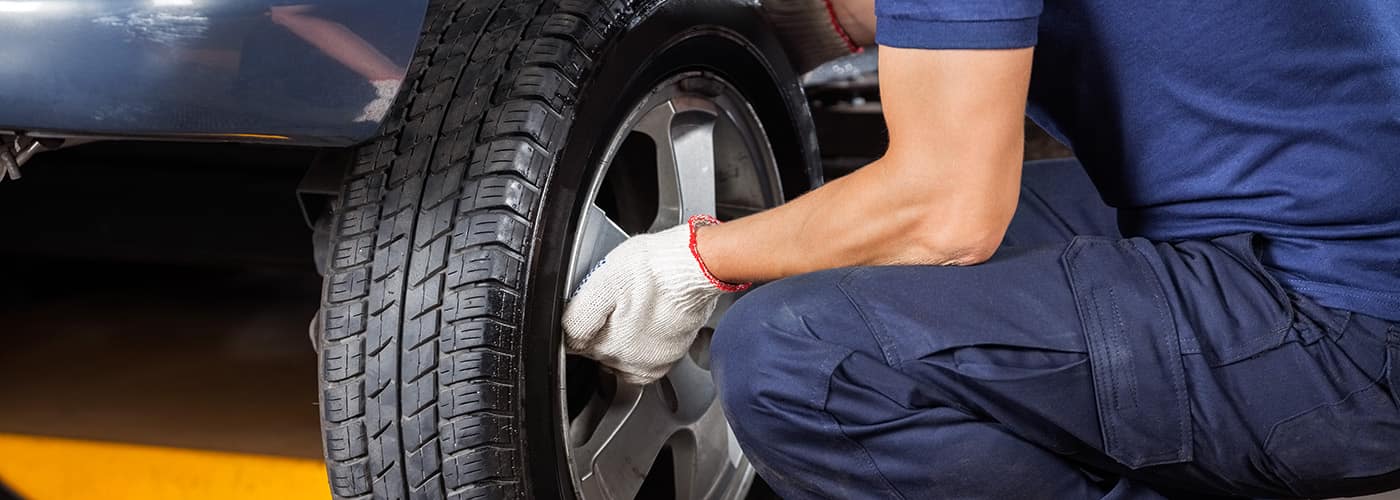
For a car that you bought new, you can easily bet on changing your tires 6 years after your purchase. For used cars, you’ll likely need to look at the date printed on the tire.
To see when your tires were manufactured, look for a four-digit number sequence on the outside of the tire. This will tell you the week of the year in which they were made. For example, 1112 means that the tires were made in the 11th week of 2012.
Another good rule of thumb when it comes to tire replacement is to replace your tires every 25,000-50,000 miles. In most cars, you can check your total mileage on the dashboard.
Aside from time and mileage, you can always check if your tires look like they need to be replaced. To do so, get a quarter and insert it headfirst into the center of the tire tread. If Washington’s head is even with the tread, your tires are safe, but you need to get them replaced soon.
Doing the same trick with a penny, if Lincoln’s head is even with the tread, hopefully, you have some money saved up because you need to change your tires ASAP.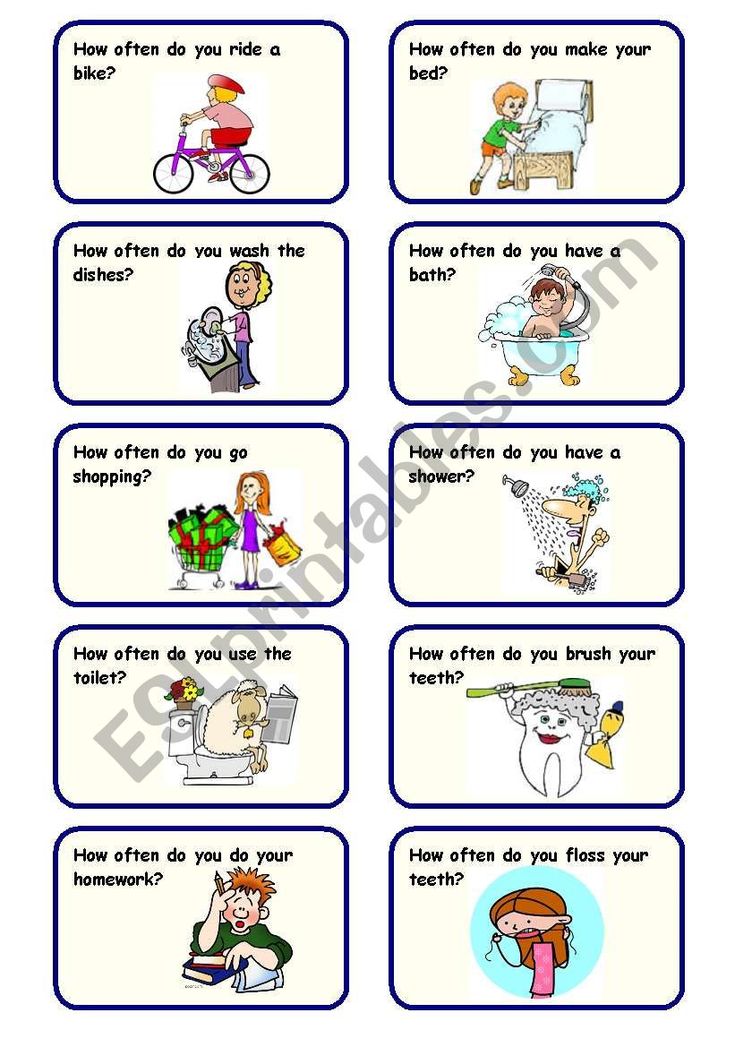
Another physical test to see if it’s time for a tire replacement is to be mindful of how your car feels when you are driving. Does the steering wheel feel smooth when driving, or does it vibrate or veer to one side over the other. If it does any of the latter, consider getting your tires changed.
While there are steps you can take to expand the lifespan of your tires, when they are worn out, you need to replace them. You can’t put off changing your tires, as it is a safety risk to you and other vehicles on the road. Old tires can affect the way your car breaks and stops, which can lead to accidents. Be a responsible car owner and replace your tires when needed.
All car owners need to be on top of replacing their tires. How often should you replace your tires? It might vary from person to person, but there are standards in place to determine tire health. Is your car due for a tire replacement? Then check out Christian’s Tire Shop. We have all the name brands you could possibly want, right here in Albuquerque.
Is your car due for a tire replacement? Then check out Christian’s Tire Shop. We have all the name brands you could possibly want, right here in Albuquerque.
The snow that fell in Voronezh this week and another cold snap led to another complication of the road situation and an increase in the number of accidents, including those with human casualties. The traffic police called the main cause of fatal accidents the discrepancy between the speed chosen by the drivers and the road conditions. Motorists themselves are switching to winter tires en masse, which causes the expected queues at tire shops.
Severe snowfall has already led to several resonant accidents on the streets of Voronezh and the roads of the region. So, on November 28 at 11.30 in the Bobrovsky district on the 28th kilometer of the Karandeevka-Bobrov-Talovaya highway, a 31-year-old local resident, who was driving a Daewoo Matiz, lost control and flew into a ditch.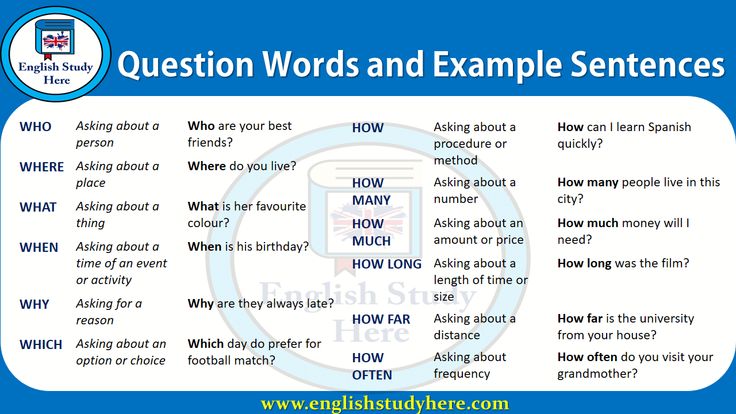 At full speed, the car crashed into a pine trunk. The body of a small car was crushed so badly that the motorist had no chance to survive.
At full speed, the car crashed into a pine trunk. The body of a small car was crushed so badly that the motorist had no chance to survive.
An hour and a half later, another motorist, the driver of the Mazda 3, died on another regional highway Zemlyansk - Novosilskoye. The car, which flew into the oncoming lane, crashed into a PAZ bus, which was making a flight along the route Novosilskoye - Voronezh.
The main cause of accidents with fatalities, according to the traffic police, was the discrepancy between the selected speed and road conditions. Visibility on the roads was not good enough, besides it was slippery.
Another typical snow and ice accident happened on the same day 50 kilometers from Voronezh on the Kursk highway. The driver of a white foreign car, overtaking a slowly moving stream of cars on the side of the road, lost control on a slippery surface and, slipping between two cars, flew into the oncoming lane, where it crashed into a black Toyota Camry.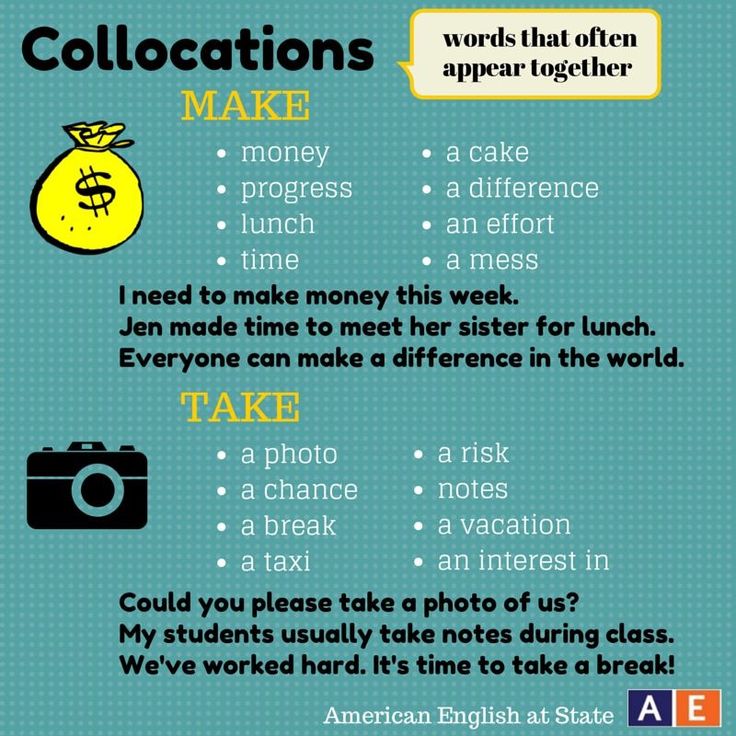 A truck was following the Toyota, but the truck driver managed to brake in front of a white foreign car, which caused the accident.
A truck was following the Toyota, but the truck driver managed to brake in front of a white foreign car, which caused the accident.
RIA Voronezh correspondent talked to Voronezh motorists in one of the car services on Matrosova Street. It turned out that this evening the drivers were brought here by completely different approaches to timing for changing tires.
- I don’t think about changing shoes until it snows - I don’t see the point in driving on the wrong tires, what if it doesn’t snow at all or will it be at least? I change tires in the service, specialists will do it much faster than me. I don’t have favorite services, I stop by the nearest one, - said the driver of a foreign car Daniil, who was waiting for the installers.
And the next in line, Maxim Semenov, has a completely different approach:
- I change tires intuitively - the driver's instinct is often more reliable than the weather forecast. It usually happens that intuition works a week before snow.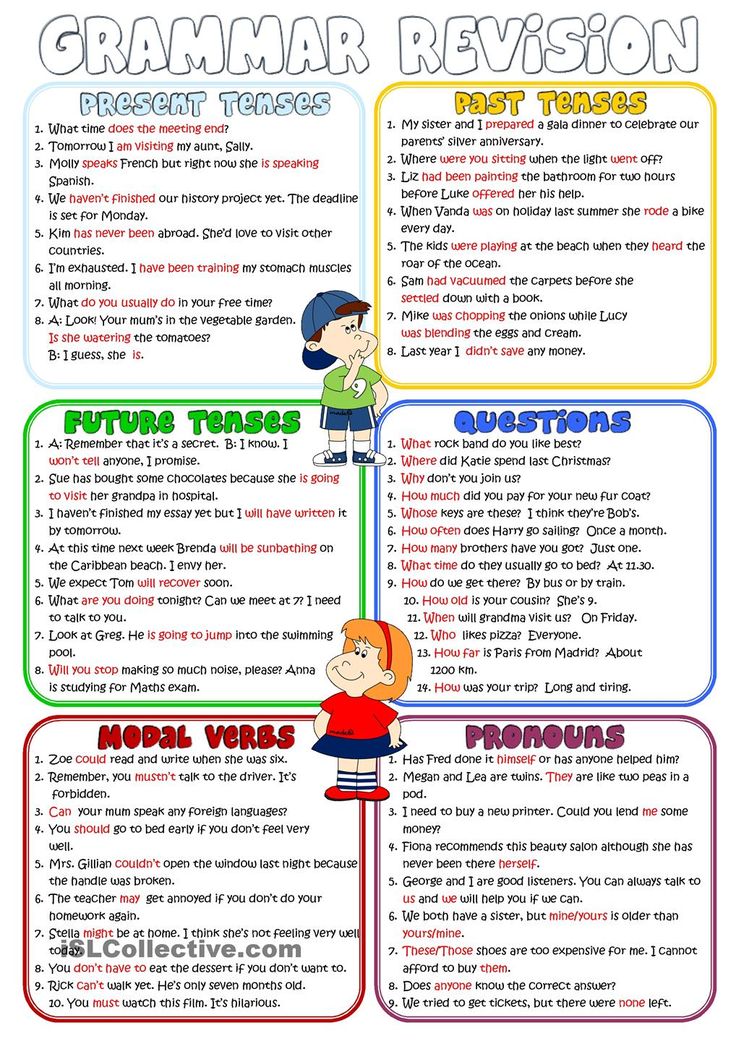 I change in a tire fitting - it's faster and better. When choosing a service, I pay attention to the sign, workers, premises - it is important for me that everything looks civilized, - the motorist believes.
I change in a tire fitting - it's faster and better. When choosing a service, I pay attention to the sign, workers, premises - it is important for me that everything looks civilized, - the motorist believes.
The opinions of two more motorists interviewed by journalists from RIA Voronezh were divided between the "weather" and the intuitive approach.
- I prefer to change my shoes before it snows. If it’s cold enough outside, summer tires still behave differently on asphalt. So it's better to play it safe and change shoes before the queues line up in the services. I changed the tires on Tuesday, and, probably, I was right, - driver Boris says. However, in his opinion, in the off-season, attentiveness and caution on the road are more important than the time to change tires.
But the motorist Marina was frightened by the first serious snowfall in Voronezh.
- It was really scary to drive when it started to snow. Therefore, I decided to change the tires as soon as I have free time. But with our weather, you never know when it’s really time to do it,” she said.
But with our weather, you never know when it’s really time to do it,” she said.
The interviewed drivers have a rather balanced attitude towards the choice between "studs" and "Velcro" - two different types of winter tires.
- I prefer spikes - I often go out of town, Velcro does not cope there. I keep the tires in the country - there is not enough space for them on the balcony, and there is nowhere else, - said Daniil.
And Maxim is sure that there is not much difference between the two types of winter automobile “shoes”.
"It's a far-fetched question," he is sure.
However, the most radical approach to the timing of the shift and the type of winter tires was shown by the participant of the rally-raids of the Voronezh region, racing driver Dmitry Malkovsky.
- I drive all year round on summer tires - sorry for the money, - he admitted.
According to tire fitting worker Rustem, most Voronezh drivers prefer to wait until the last minute and change tires when the onset of winter becomes obvious.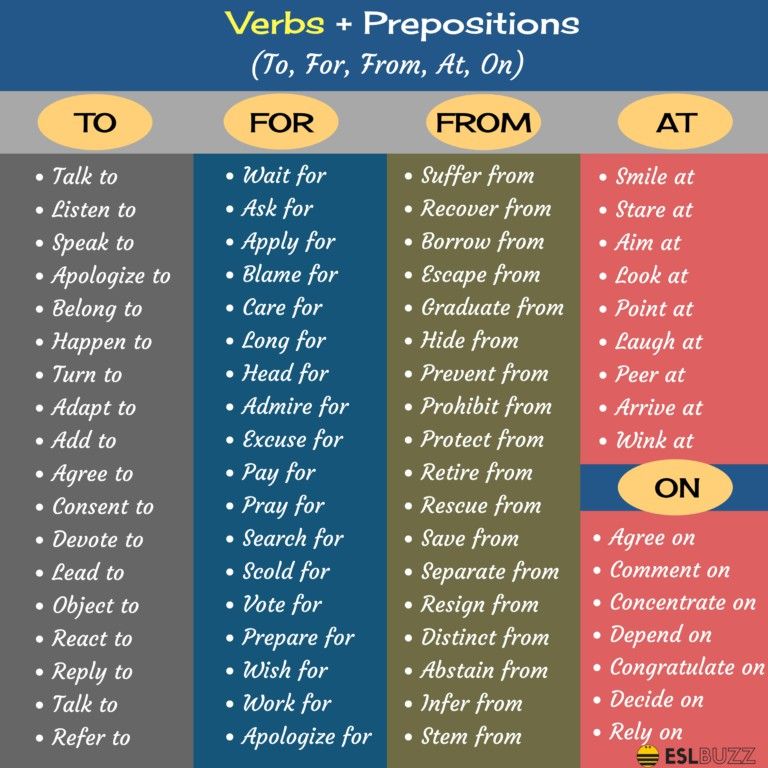
- Perhaps this is even correct - in October, after the first snow, many people came to us, and in vain, because then warming came. You can't guess here. And right after the weather changes, we have a particularly hot time. The time period for "changing shoes" is two weeks after the snow falls. There is little work during the day - people work. And after midnight, the influx begins. People come home after work, eat, change clothes and, having come to us, get into the queue,” he said.
In the traffic police department of the city administration of the Ministry of Internal Affairs, a correspondent of RIA Voronezh was told about the main recommendations of the traffic police to motorists.
- Winter driving requires the driver to have special skills in driving on slippery surfaces. Professional drivers have no such thing as all-season tires. There is either winter or summer, which is installed on all four wheels, regardless of the drive. In severe frosts, ice “holds” the tire better because it melts less under the tread. There is a dangerous delusion of some car enthusiasts that a tire with a large “off-road” tread pattern (including a special winter one) is good on ice. On slippery surfaces, tires with a finely divided, rich tread pattern “hold” better. On clear ice, the tread depth does not matter much: if at least the front wheels are blocked, the car is uncontrollable! Studded wheels increase the patency of any car in difficult conditions, but on clean asphalt, studs increase the stopping distance of your car by 20 percent, the traffic police remind.
In severe frosts, ice “holds” the tire better because it melts less under the tread. There is a dangerous delusion of some car enthusiasts that a tire with a large “off-road” tread pattern (including a special winter one) is good on ice. On slippery surfaces, tires with a finely divided, rich tread pattern “hold” better. On clear ice, the tread depth does not matter much: if at least the front wheels are blocked, the car is uncontrollable! Studded wheels increase the patency of any car in difficult conditions, but on clean asphalt, studs increase the stopping distance of your car by 20 percent, the traffic police remind.
According to the Voronezh Hydrometeorological Center, light precipitation is expected in Voronezh at the weekend, including rain with snow, at temperatures from -3 to +1 degrees. Wind west and southwest about 4-6 meters per second. Similar weather is predicted for the week, with nighttime temperatures down to -7 degrees.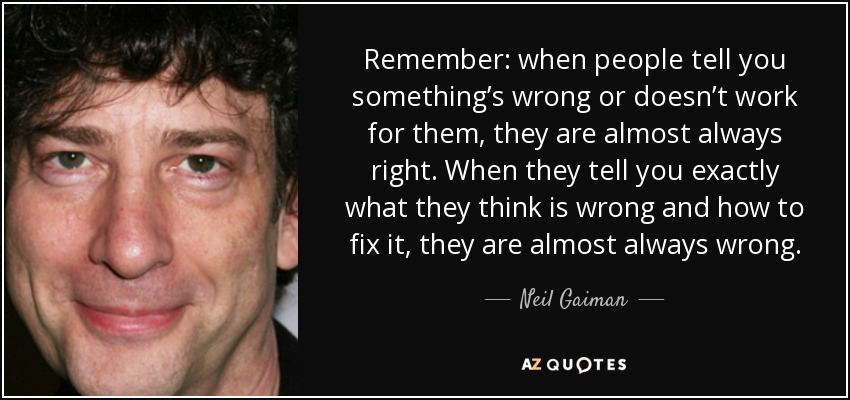 Snow possible on Monday and Wednesday.
Snow possible on Monday and Wednesday.
Meteorologists do not expect a cold winter either.
- In December and January, the temperature in the Voronezh region will be near the norm, but still slightly warmer. In mid-December, it will be the coldest when the thermometer drops to -15 degrees at night. But in the penultimate days of December, even a small plus is expected in the afternoon. For the New Year, a small minus and snow are tentatively predicted, that is, the weather for the holiday will be comfortable. In January, the temperature will not fall below -12 degrees, and even a slight thaw is possible in the middle of the month. In February, the temperature will be around the norm, but downward. Not colder -9degrees. March will be slightly warmer than normal. Minimum -9, maximum +11 degrees, - told the Hydrometeorological Center.
Static balancing refers to the alignment of the center of mass of the wheel with the axis of rotation. In this case, the weights are attached opposite the heaviest part of the wheel. Due to the fact that the wheel is not just a thin disk, but rather a wide roller, therefore, dynamic balancing is necessary, in which loads are placed outside and inside the wheel disk.
Wheels need to be balanced immediately after mounting the tire on the rim due to the fact that the imbalance can reach 50-60 g in each direction.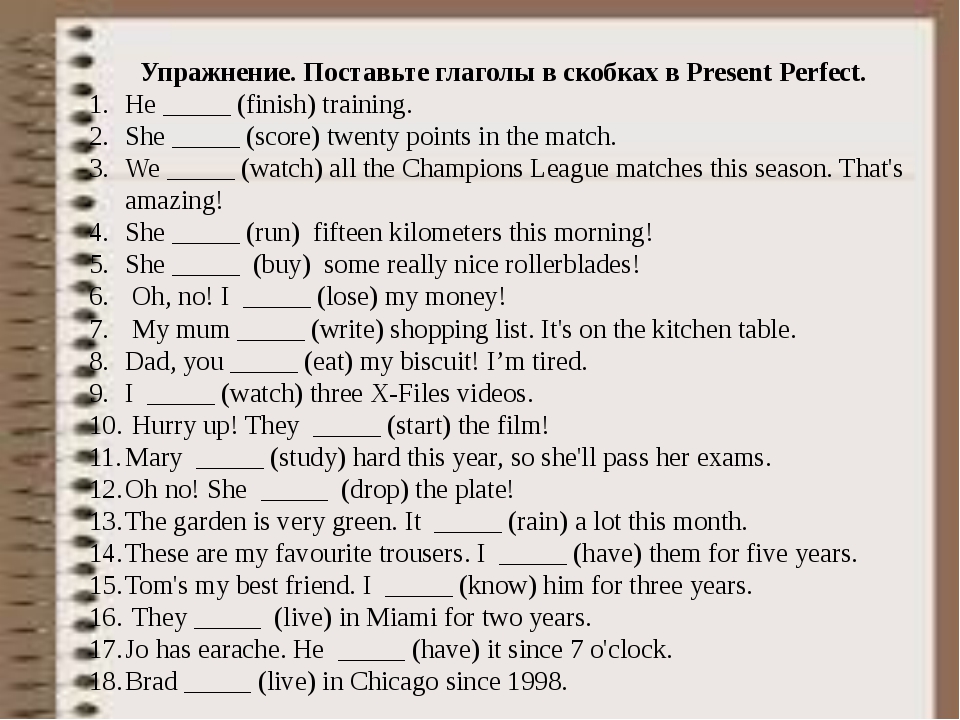 In the event that the imbalance is greater, then you can rotate the tire relative to the disk, ensuring their mutual rotation by 180 degrees. Thus, the tire workers provide an imbalance towards at least 5 g. It is believed that a new tire can slightly change its position on the disk during the first kilometers, which will cause the balancing to go away a little.
In the event that the imbalance is greater, then you can rotate the tire relative to the disk, ensuring their mutual rotation by 180 degrees. Thus, the tire workers provide an imbalance towards at least 5 g. It is believed that a new tire can slightly change its position on the disk during the first kilometers, which will cause the balancing to go away a little.
If you constantly change tires on the same wheels, then balancing is inevitable. The question of seasonal balancing arises for those car owners who have 2 complete sets of wheels.
And back to the question, is it necessary to balance the wheels at every seasonal change?
If you approach this formally, then it is better to turn to the car manual. It stipulates that balancing is recommended after a run of 10 to 15 thousand kilometers. In the event that you drive less in one season, then you do not need to balance, in addition to a number of cases, which will be discussed below.
In practice, of course, it is better to monitor the behavior of the car. If the beat is not felt, then balancing is not required. The beating of the rear wheels is felt less, but they suffer, as a rule, less often. A strong imbalance is always palpable.
When changing wheels yourself twice a year, you need to put the wheels on and ride them for a couple of days. During this time, the tire will already get rid of the deformations that occur during storage. In the event that vibrations do not occur at any speed, then balancing may not be carried out.
If you drive more than 15,000 km in one season;
After the last balancing, the wheel fell into a hole when driving at high speed;
Last season you began to notice vibration, but did not begin to balance the wheels;
If the car does not have an ABS system, and you have to brake on the pavement quite often;
If you are a novice driver who is unable to sense wheel imbalance.